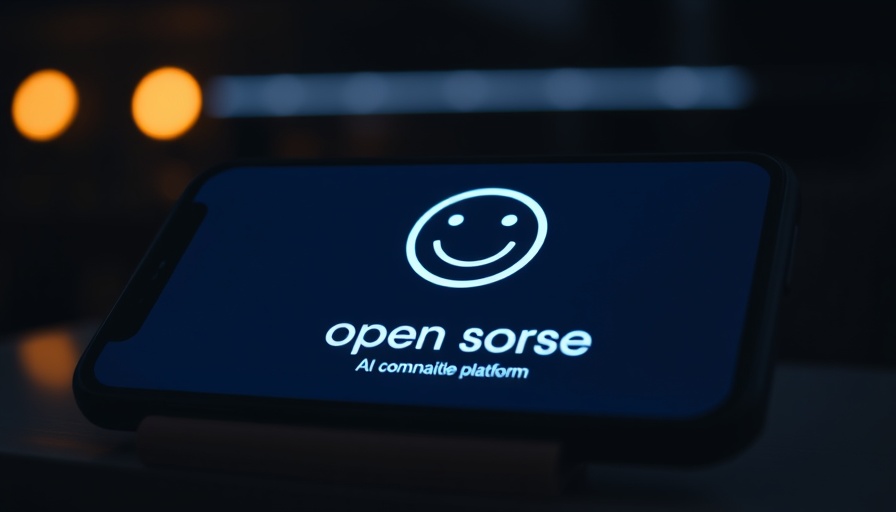
A New Era for Robotics: Hugging Face's Groundbreaking Acquisition
Hugging Face, a prominent name in the realm of open-source artificial intelligence, has recently made a significant move by acquiring Pollen Robotics, the innovator behind the humanoid robot Reachy 2. This acquisition is poised to reshape the landscape of robotics by introducing open-source principles to the industry, which could lead to exciting advancements in robot capabilities for everyday use.
Pioneering a Shift Towards Open Source Robotics
As stated by Clément Delangue, CEO of Hugging Face, open sourcing robotics is crucial. Unlike software, where trust levels can vary significantly, hardware requires transparency, as users need confidence in the physical tasks these robots perform in their homes and workplaces. With this acquisition, Hugging Face aims to empower developers and researchers by making the designs and software of Reachy 2 accessible for modification and improvement.
Potential for Everyday Use with Robotics
The functionalities of Reachy 2, which include simple tasks like tidying up or picking fruits, have captured the attention of leading AI companies in their quest for improved robotic manipulation. Matthieu Lapeyre, co-founder of Pollen Robotics, highlights that while selling humanoid robots presents challenges due to unclear use cases, the integration of Hugging Face's technology could democratize access to humanoid robotics.
Unlocking Innovation Through Open Source
Open-source models have already revolutionized software development in AI, making cutting-edge tools available for experimentation. The expansion of these principles into hardware, as Hugging Face intends, could profoundly impact how robotics development progresses. According to Lapeyre, the capability to 3D print parts and make iterative improvements can significantly enhance the design and functionality of robots, opening new avenues for creativity and innovation.
The Future of Robotics
As the robotics field continuously evolves, Hugging Face's embrace of open-source principles marks a turning point. This acquisition could not only spark a wave of new developments in humanoid robotics but also set a precedent for industry collaboration. With humbly designed robots becoming more accessible, the future might see them enter homes across the globe, changing how we think about technology in our daily lives.
 Add Row
Add Row  Add
Add 
 Add Element
Add Element 

Write A Comment